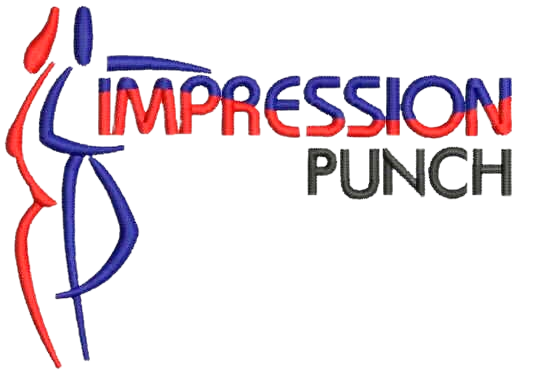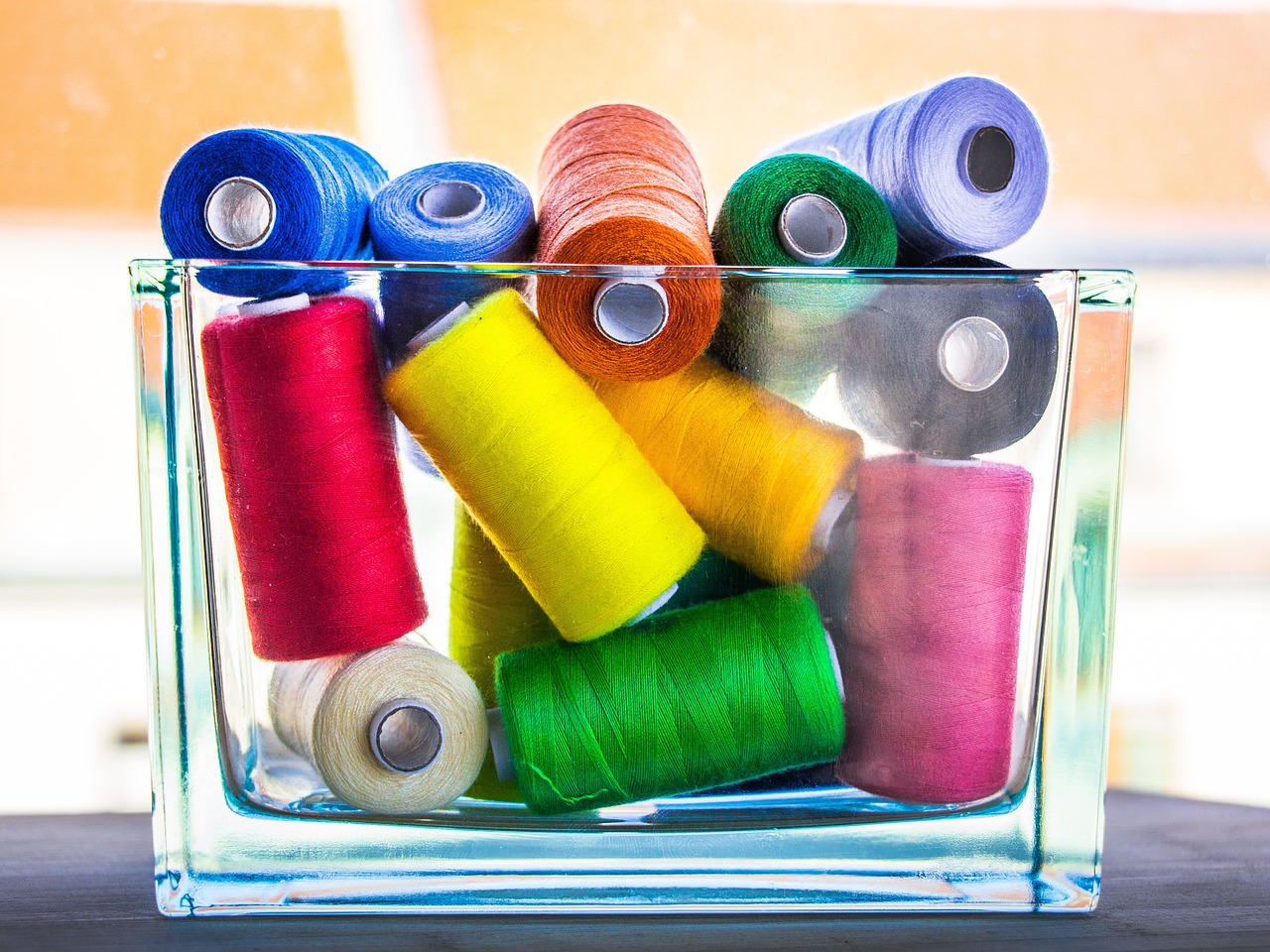To understand, what is embroidery digitizing, we need to understand that it is the process of converting a design or image into a digital format that can be read by an embroidery machine. This process involves using specialized software to create a stitch-by-stitch instructions for the machine to follow, allowing it to reproduce the design onto fabric.
We can check some samples of finalized Embroidery.
To understand what is Embroidery Digitizing, we need to know how does it work?
The digitizing process starts with a design, which can be a simple logo or a complex artwork. The design is then imported into specialized digitizing software, such as Wilcom, Pulse, or Tajima. The software uses algorithms to convert the design into a digital format, taking into account the stitch types, thread colors, and fabric type.
The digitizer, a skilled professional, uses the software to manually edit and refine the design, ensuring that it is optimized for embroidery. This process involves assigning stitch types, adjusting stitch length and density, and specifying thread colors.
What is are the benefits?
It offers several benefits, including:
Accuracy
Digitizing ensures precise stitch placement and consistency, resulting in high-quality embroidery.
Efficiency
Digitized designs can be quickly sent to the embroidery machine, reducing production time.
Flexibility
Digitized designs can be easily edited, scaled, and customized.
Cost-effective
Digitizing eliminates the need for manual embroidery, reducing labor costs.
Conclusion
Embroidery digitizing is a crucial step in the embroidery process, allowing for precise and efficient reproduction of designs onto fabric. By understanding what embroidery digitizing is and how it works, businesses and individuals can harness the power of digital embroidery to create high-quality, custom embroidered products.
To further understand, here is some more description.



Leave a Reply